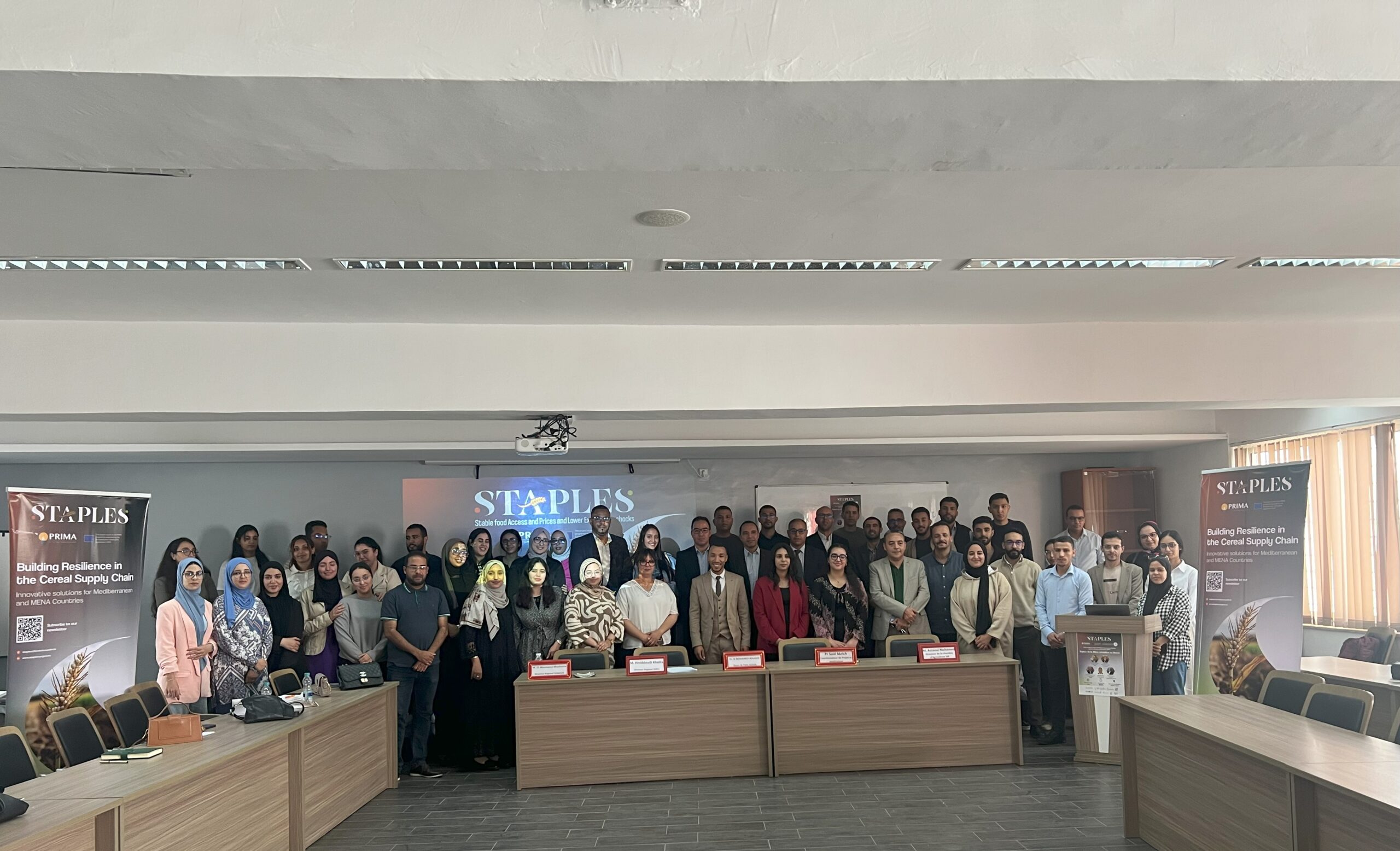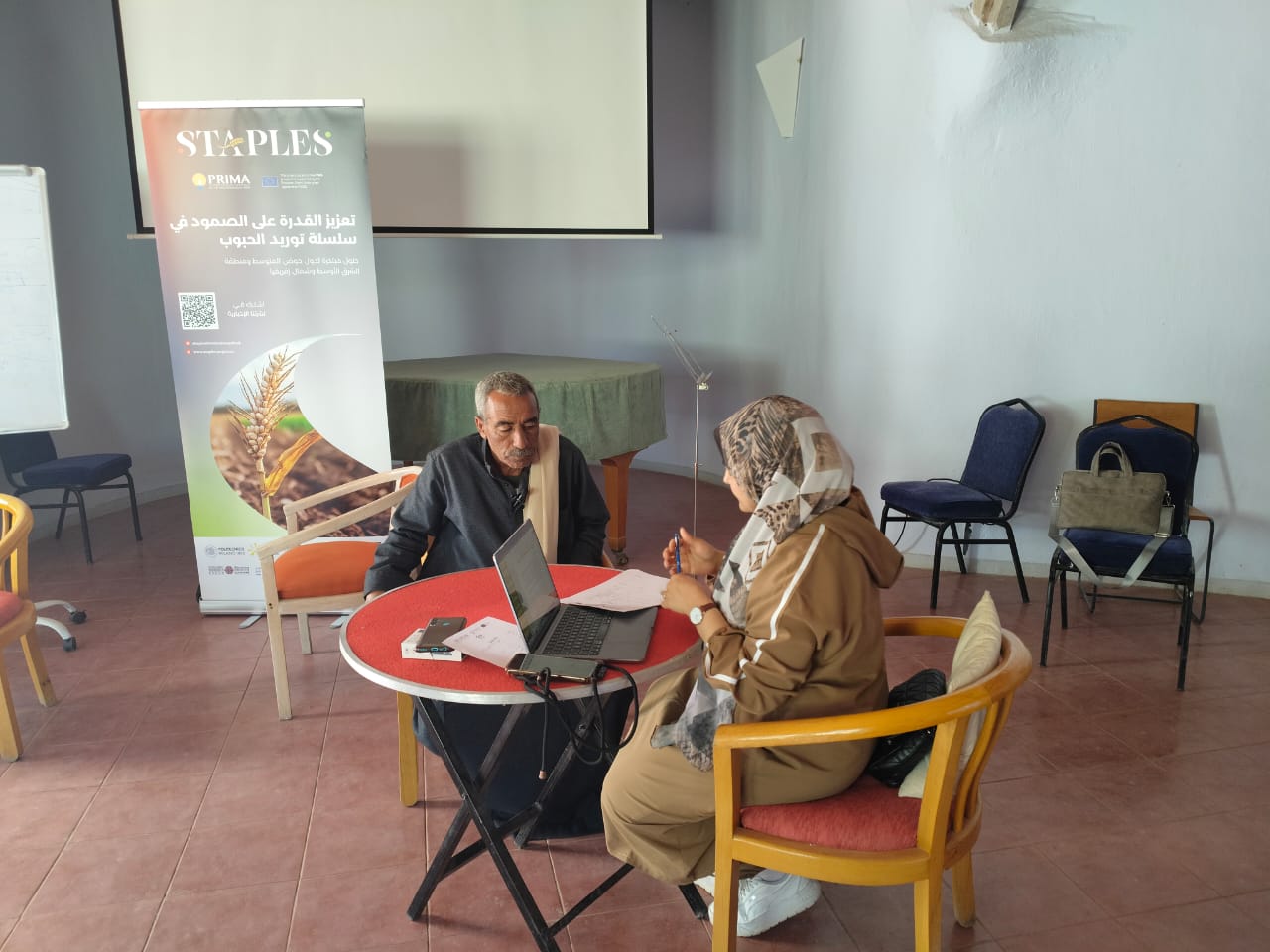The STAPLES project is designing two digital tools—a Dashboard and a Decision Support System (DSS)—to support cereal supply chain monitoring and management in the MENA region, with a focus on Egypt and Morocco. These tools aim to assist public and private stakeholders in coping with challenges linked to global supply chain disruptions.
One of the main activities carried out during the first year of the project was to review existing dashboards and data platforms to understand what is already available and where the STAPLES tools can add value. A combination of keyword-based search on search engines and experiences of the research team allowed to select 32 platforms for the review, starting from more than 200 databases initially identified. Platforms were assessed based on the type of data they provide—historical or real-time—and their coverage of key variables including production, trade, prices, and shocks. A special focus was placed on platforms offering timely information on risks such as agricultural stress, supply chain disruptions, and trade policy changes. The methodology also involved evaluating the platforms’ update frequency, availability of APIs, and geographic/product coverage. This helped define the technical and functional requirements for the STAPLES tools, ensuring they build on existing resources without duplicating efforts.
The review of existing platforms has revealed several key gaps in tools available to monitor food systems, particularly for MENA countries and staple cereals. While separate dashboards exist for agricultural production and trade flows, few integrate both dimensions—despite their joint relevance for food security. Similarly, tools often address individual risks, such as price volatility or trade restrictions, but do not combine these risks within a specific early warning system. Existing platforms are also generally not tailored to staple foods or the MENA region. Given the reliance of many MENA countries on both domestic production and imports, a more integrated approach is needed—one that accounts for shocks across the entire value chain, both within the region and in key trading partners.
The STAPLES Dashboard will present historical and real-time data on production, trade, prices, and stocks. Users will be able to customize views using filters and receive alerts based on predefined or user-set thresholds. The interface will include multilingual maps, charts, and tables.
The DSS will build on the Dashboard by offering context-specific recommendations, such as strategies for procurement, storage and mechanization investments. It will draw on findings from STAPLES research activities and integrate various external data sources to support informed decision-making.
By combining historical trends with real-time monitoring, the tools are expected to improve access to timely and relevant information for cereal supply chain actors.
FAQ: What technologies are being developed, and how can they be leveraged by private actors?
-
STAPLES Dashboard – Aggregates real-time and historical data on cereal production, prices, trade, and shocks; allows for custom filtering and automated alerts.
-
Decision Support System (DSS) – Offers scenario-based insights and recommendations for procurement, storage, investment, and policy strategies.










